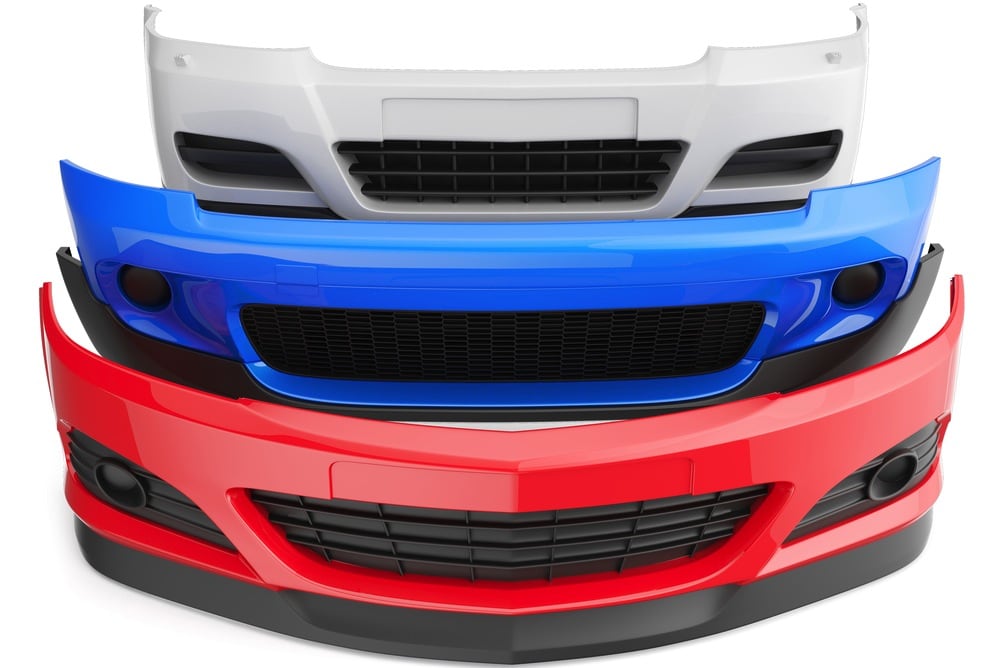

The bumper acts as a guard between other objects and your front end. While it doesn’t provide much in the way of passenger safety, it does absorb some impact and put a barrier between the object you hit (or that hits you) and the vital components of your car’s mechanics, like the radiator, engine, and drivetrain.
Accidents happen. Fender benders can leave you with a car that is cosmetically damaged, but not far-gone enough to trigger insurance to pay for repairs. In this case you may end up having to replace just your bumper.
Because auto body parts like bumpers don’t provide any mechanical function to your vehicle, they are one replacement part for which you can safely search your local salvage yard. As long as the source vehicle doesn’t have front end damage (or rear, depending upon the bumper) you may be able to find a perfectly functional bumper at a good price.
Not all bumpers are created equal. Various materials can offer different benefits and drawbacks. Modern vehicles typically use plastic, fiberglass, or aluminum on the outside, with reinforcement on the inside that may be made up of a number of materials.
Steel: These bumpers are durable but are heavy and are usually reserved for off-road or larger vehicles.
Aluminum alloy: Strong and lightweight, aluminum is becoming more popular.
Carbon fiber: It’s durable and lightweight, and can be repaired and painted. It can be pricey, however.
Fiberglass: This is the preferred material of aftermarket bumper makers. It’s lightweight and durable, can be sanded and painted, but tends to crack more easily than plastic.
Plastic: Poly resin is the most commonly used type of plastic in bumpers. It resists impact and can be painted, but is tough to repair and can’t be sanded.
You can use your VIN to obtain the exact part info you need by calling the dealership or looking it up online. Once you’ve determined which type of bumper you have, you can determine which one you'd like and make sure you’re getting a good quality bumper. Some things to keep in mind:
Go with OEM if possible: Aftermarket bumpers are notorious for not fitting. Even if you have to go with a used OEM, it’s likely better than an unreliable aftermarket part.
Make sure it’s CAPA certified: The Certified Automotive Parts Association does certify some aftermarket bumpers – this means it’s guaranteed to fit and function just like the OEM original. So if you decide to go with aftermarket, look for this respected sign of quality.
Research the source: If you buy from a salvage yard, run a report on the original vehicle. You don’t want a bumper with a reinforcement bar that has been compromised in an accident and simply covered with another shell.
Replacing the bumper is an easy task for any body shop.



